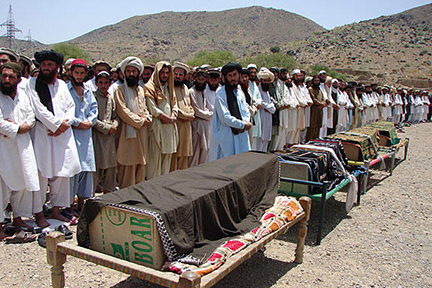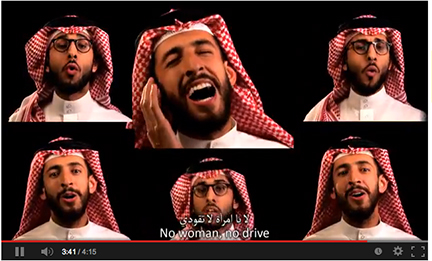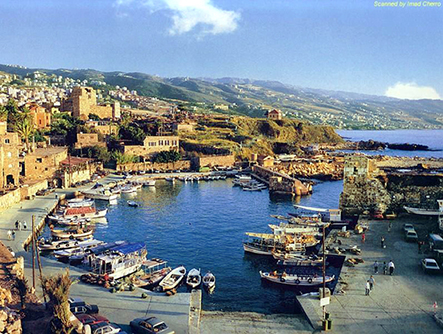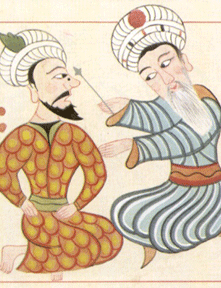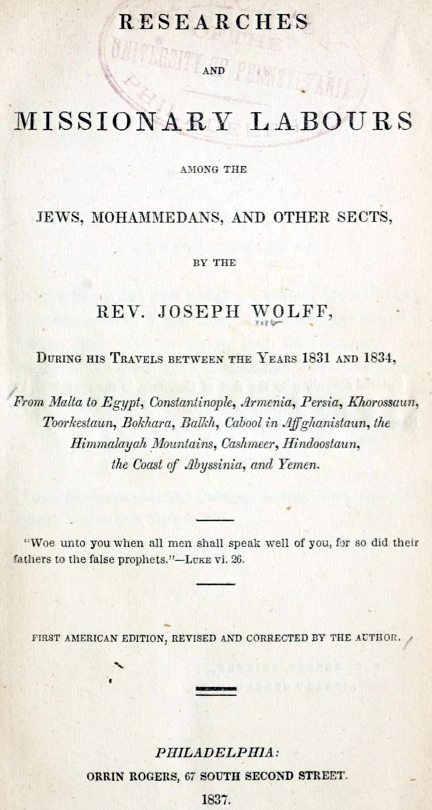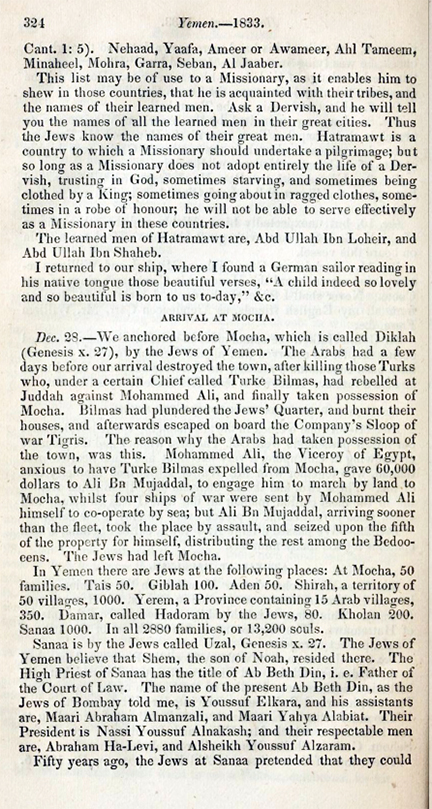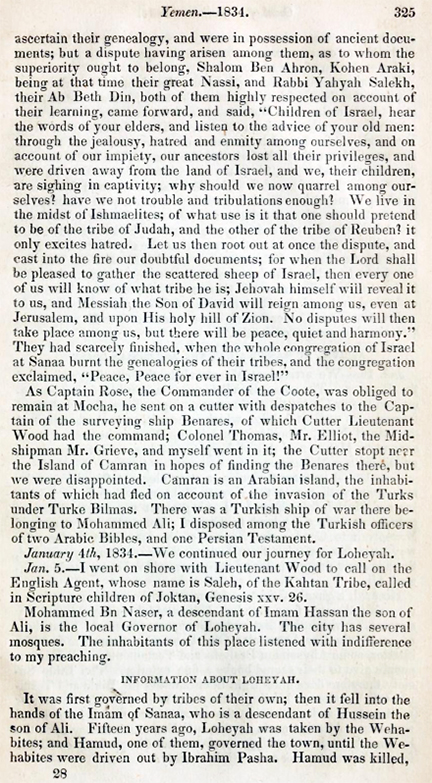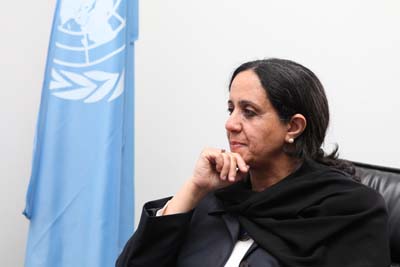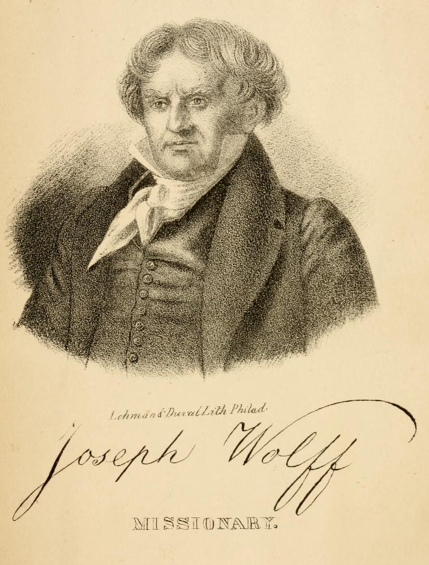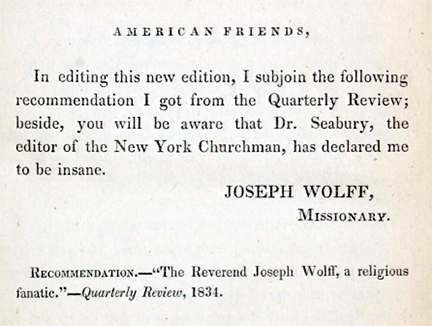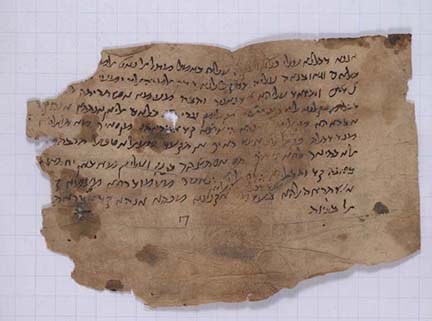
The Princeton Geniza Project of the Department of Near Eastern Studies at Princeton University seeks to extend the methodologies available to Hebrew and Arabic scholars working with the documents found in the Geniza chamber of the Ben Ezra Synagogue in Cairo in the late 19th century. The project is dedicated to transcribing documents from film copies to computer files, creating a full text retrieval text-base of transcribed documents, developing new tools such as dictionaries, semantic categories and morphological aids to further the study of Geniza texts. The project is committed to disseminating its materials as widely as possible to the international community of scholars with an interest in the life of the medieval Middle East, as well as to all with an interest in Judaica. It is our hope that by making materials from this very esoteric field widely available that new insights can be gained into the interaction of the peoples of the Middle East in past time. Since inception in 1986, funding has been provided by Princeton University, the Department of Near Eastern Studies, and from 2000 to 2005 by the Friedberg Genizah Project.
